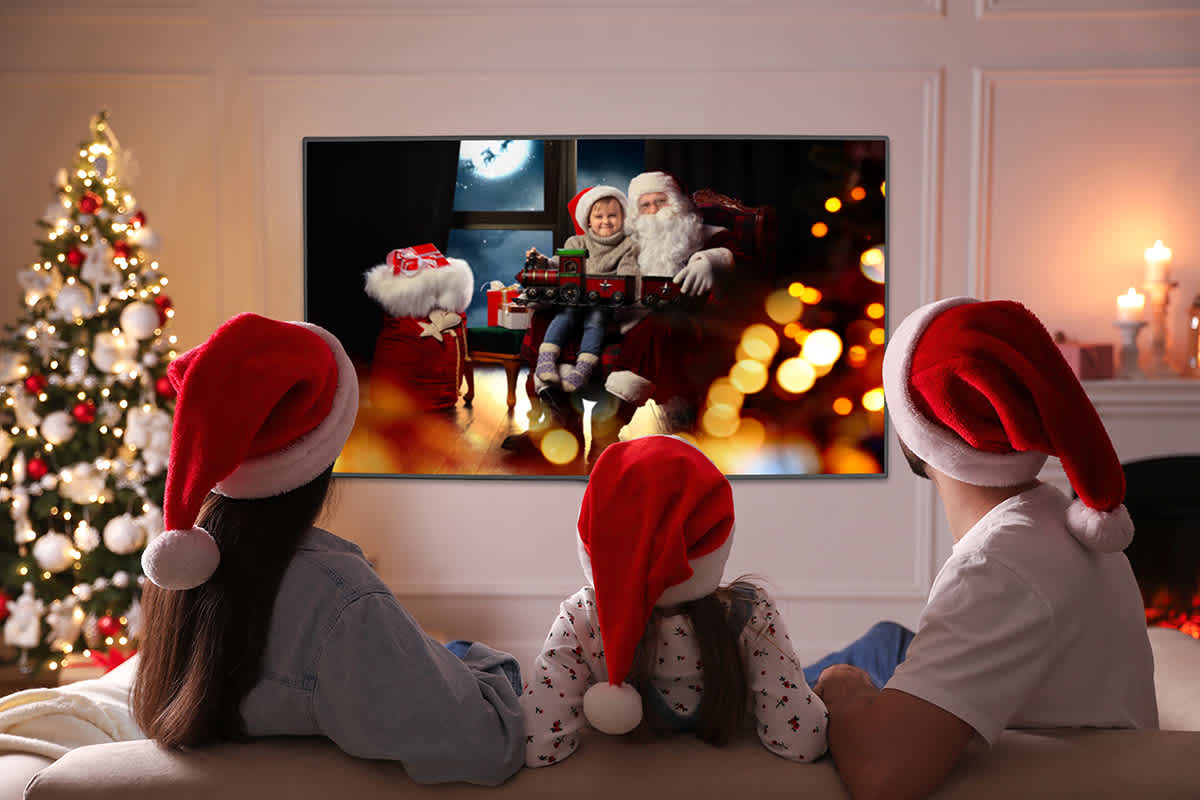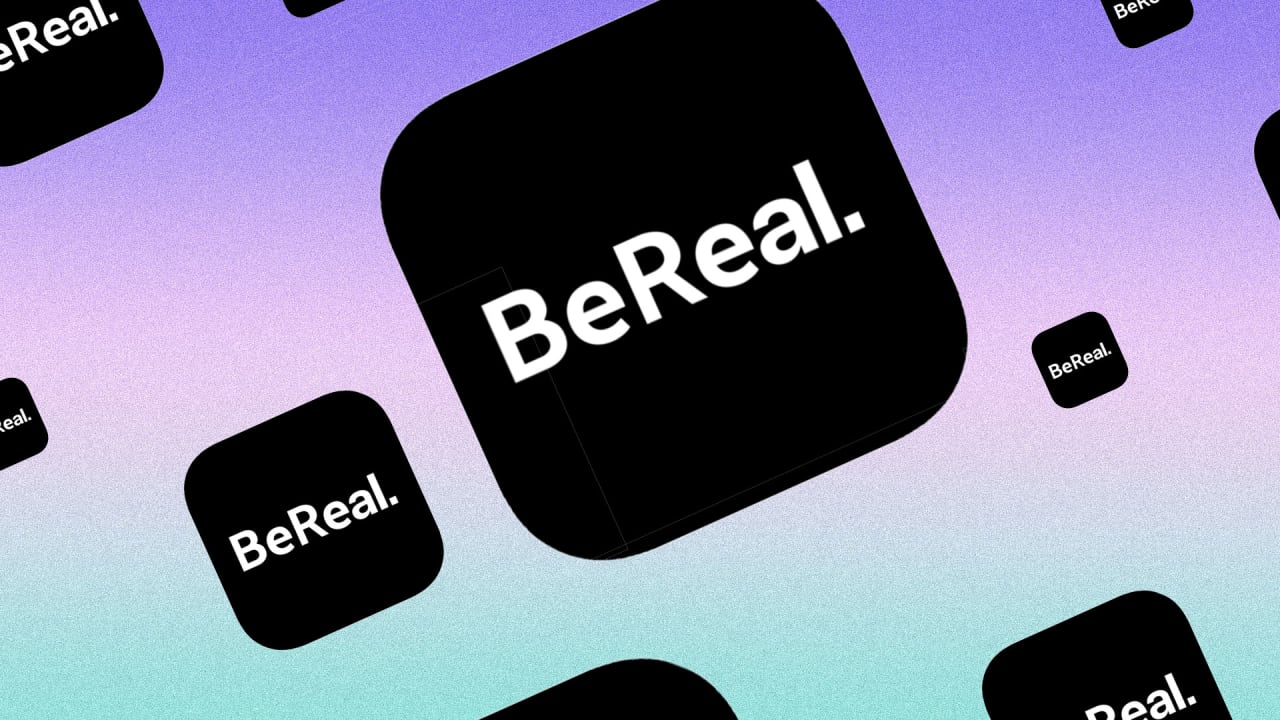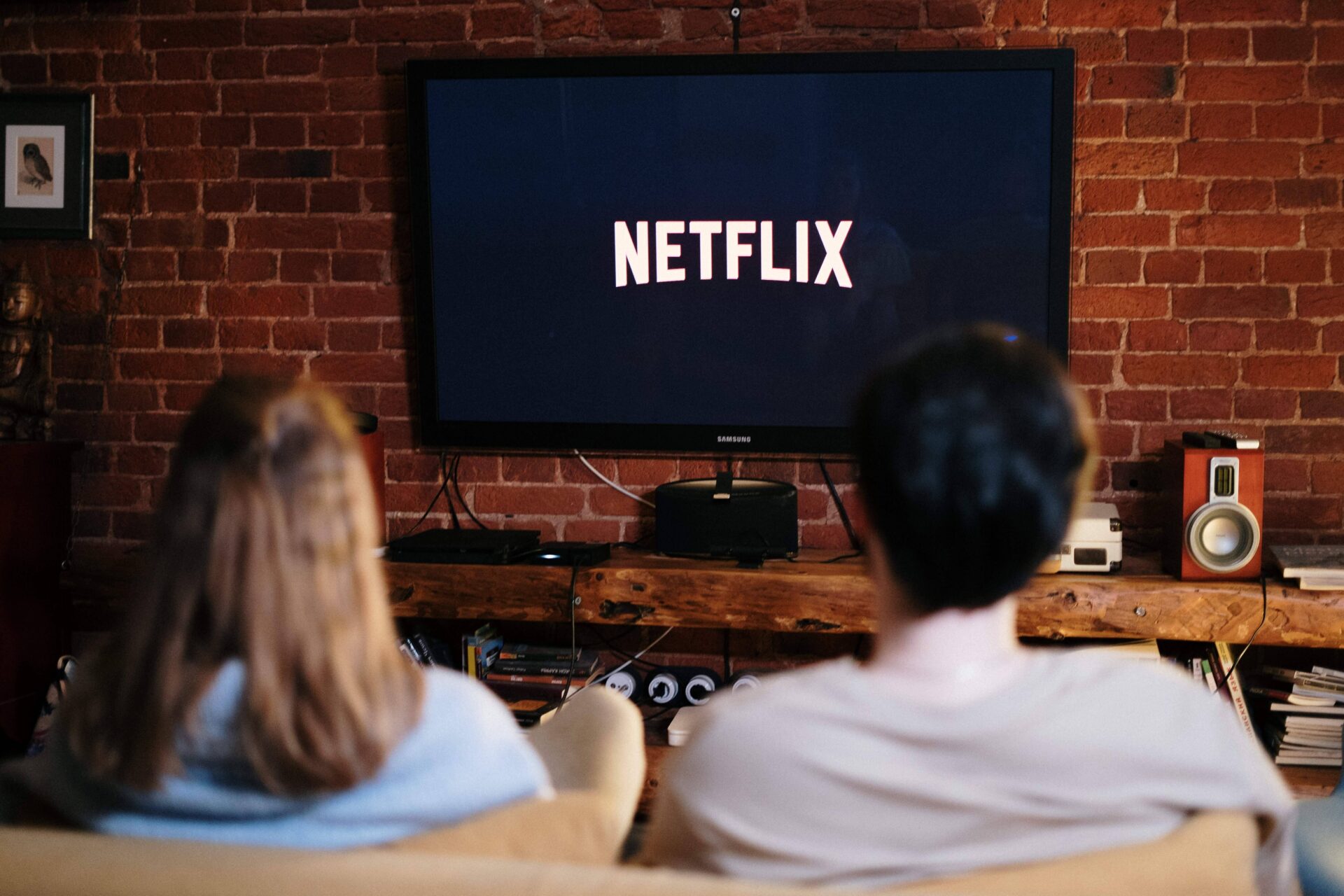
Google Analytics 4 (GA4) represents a fundamental shift from the Universal Analytics (UA) we know. Data collection, setup, and configuration are all different. The interface and reporting are very different. Due to these crucial differences, you cannot start tracking everything in GA4 and compare like for like.
Whilst there’s a lot that has been simplified in GA4 (interface, base setup, data model), the fact that it’s so different means that you should spend more time planning your migration and learning the platform. It might take you a year to collect enough meaningful and accurate data before being able to switch over. But the sooner you start, the sooner you’ll be able to reap the benefits of GA4.
Get our guide that explains the differences between key data in GA4 and UA. You will need some existing knowledge of Google’s analytics platform and an understanding of the terminology. Google is still rolling out updates to GA4 so this setup may change later on.

Tracking of channel performance has had a significant makeover in Google Analytics 4 (GA4). Whilst the new setup brings a more granular view of marketing channels and improved tracking capabilities, it is less flexible and requires stricter adherence. With Google taking a stricter approach to traffic categorisation in GA4, you’ll need to adjust your campaign tagging approach to see whether your traffic still sits within the correct channels.
Get our guide that summarises how to track campaigns in GA4, and how it differs from the campaign tracking we’re used to in Universal Analytics (UA). Google is still rolling out updates to GA4 so this setup may change later on.

It’s Christmas ad season! It’s a Football bonanza! So, what better way to judge the advertising efforts of the main players than to compile a post-match report. Supernova, our in-house creative team casts their eye down the team sheet to sort the star strikers from the super subs.
Morrisons – Committed to playing for their country, ‘Farmer Christmas’ has clear intentions about home grown festive food. A solid, ownable asset that will no-doubt be drilled to play well in all channels. A good touch for a big man. 8/10
M&S Food – Usually solid and reliable, they’ve leaned heavily on two creative midfield generals in French & Saunders, but ultimately haven’t quite made the most of their comedy potential. A great squad on paper but misses the target. 6/10
ASDA – Probably the most expensive player on the pitch, an ELF licencing deal will no doubt prove to be hugely popular with the crowd, but hard to see how it moves the brand forward long term. 7/10
Argos – As with their store, slightly out on the wing in terms of their offering. But this year they’ve tapped into something entertaining, truthful, fun to watch, perfectly cast and bursting with enthusiasm. 7/10
John Lewis – A welcome return to form from the star player of the game, proving that flashy deals with talent don’t warm the hearts of fans the way that solid, heartfelt family-values storytelling can. 9/10
TK Maxx – A surprise injection of some new and original tactics, stylish and light on its toes with a killer Grace Jones track, a weirdly wonderful successful shot on goal. 8/10
Sainsburys – An oddly flat performance this time around considering their history of breaking new ground each season. What feels like a high budget ITV pantomime misses the target a bit with too much narrative and not enough focus on anything to remember it by. Good looking but with none of the heart of their previous performances. They may have lost the dressing room with this one. 6/10
Sports Direct – With a World cup so unusually timed, it’s an open goal for SD this year. An entertaining use of some very ad familiar faces (Cantona/Henry) but with some new faces and some real wit on show from their writing/directing teams. Back of the net! 8/10
There are no easy games at this level, but luckily, it’s only 12 months until the next run out.

Move over Gen Z, there’s a new kid in the block. Expected to reach a population of 2.2Bn by 2025, not only are Gen Alphas predicted to be the largest generation in history, but their music listening behaviours are also shaping into the most unconventional habits ever witnessed.
Gen Alphas adopt a ‘new to me’ mindset
The world recently rediscovered Kate Bush’s hit single ‘Running up that Hill’, boosting it to top of the charts 37 long years after release in 1985. This was chiefly driven by its feature in the Netflix show ‘Stranger Things’ before Gen Alphas amplified its success on TikTok.
This is simply one example of how Gen Alphas are diversifying music consumption in the modern age, by redefining what new music means to them. the7stars’ latest whitepaper ‘Streams Like Teen Spirit’ names this the ‘new to me’ phenomenon where Gen Alphas refer to ‘new music’ as any record that presents a fresh discovery to them, disregarding eras, or release dates.
Besides crossing eras in music, Gen Alpha’s are also set to be the most genre blending cohort with 4 in 10 of 7–14-year-olds agreeing that they have a wide taste in music and clearly showcasing this generation’s complexed ideation of their personalities (as expressed by their eclectic music tastes) and their ‘lean in’ approach to music where they actively engage by listening and sharing music with others.
Shaping the music industry to be more mosaic than tribal
On one hand, this way of curating music has uncovered new opportunities in terms of partnerships and sponsorships for brands and artists alike. For instance, the crossover between the gaming metaverse and music has seen acts like Travis Scott breaking records with his 10-minute virtual concert that was watched virtually by millions of gamers. However, it also points to a challenge for brands where it may be harder to predict Gen Alpha’s consumer behaviour as they choose to behave in a less tribal way and follow individual interests instead.
Making it harder for brands to relate to these eclectic individuals
This means that for brands who aspire to be category leaders and innovators, digging right into the heart of Gen Alpha’s motivations, attitudes and personalities will become even more important. As trends become more volatile, capturing the essence of a generation becomes a more exacting challenge.
Growing up in an intricately connected and information-rich digital environment, this generation differentiates itself as complexed and individualistic. Whilst the world focuses on Gen Z as society’s cultural powerhouse of the moment, Gen Alpha’s unique personality profile and role in forming future trends calls for brands to take a closer look into their world before they redefine the cultural zeitgeist.
Have a listen to our Streams Like Teen Spirit podcast that explores the impact of Gen Alpha and their relationship with music and technology.

Augmented Reality – a buzzword that’s been around for years. By now, you probably know what it’s all about – but recent developments in the space make it more pertinent than ever for brand marketing. This article explores those recent developments, the effects that they’re having within the Retail sector, and how brands can harness the power of this technology and integrate it into their marketing strategies.
Recent developments of AR
Not even two weeks ago, Snap announced a partnership with Amazon, where Snap users will be able to use AR to try on a number of eyewear styles from brands such as Ray-Ban and Oakley. This has been quickly followed by Google, who have announced a new AR shopping feature allowing people to try on trainers and beauty products virtually.
Shopping features have been present for a few years across social media and search engines, but these developments show a sign of intent from leading technology companies to integrate and use AR in their core offering.
The benefits of AR
Whilst AR adoption still has quite a way to go, harnessing the power of its potential shouldn’t be lost on brands. An article from Deloitte highlights the importance of brands bearing the cost of investment now, to avoid the opportunity cost of missing out on engaging consumers and improving brand metrics later down the line.
Another huge benefit of the technology, particularly for clothing retailers, is that AR can boost the efficiency of online shopping, decreasing the number of consumers that buy multiple garments and return them. This also has great environmental benefits in terms of fast fashion and shipping costs.
The impacts of AR on brands
AR can be of huge benefit for brands looking to target a younger generation. Gen Z and Gen X are more familiar with technological adoption, and brands such as Nike have seen great success using AR to target and engage the younger demographic.
Secondly, AR can help brands to improve customer experiences, allowing them, essentially, to ‘try before you buy’, as well as removing uncertainty around product purchases. AR can act as a strength signaller of a brand, in a similar way to TV advertising.
As technology advances, the capabilities of AR will only grow. The cost may be high now, but the benefits are there in the future to engage younger audiences, improve retail efficiencies and customer experiences. Brands must be bold, brave and buyer-focused to reap the rewards of AR.

Released in 2019, BeReal is a French social media app that sends a daily notification at a random time in the day, prompting users to share a simultaneous photo from both the front and back cameras. The app has experienced a surge in popularity, attracting 73.5 million monthly active users.
Engagement with BeReal amongst the Gen Z community has skyrocketed. However, its rapid rise to fame has led to many questions: what makes BeReal so special? The app is considered unique: no filters, no editing, no followers. It also emphasises authenticity, allowing users to show friends ‘who they really are, for once’. The app has been referred to as ‘anti-Instagram’, focusing on posting in the moment, ignoring the idea of ‘perfection’. Sharing random moments of your life on BeReal can be liberating, removing the need for validation which is ever-present on other social media platforms. Despite this, other platforms are racing to provide their own spin on the unique nature of BeReal: TikTok and Instagram are both jumping on the trend.
Push notifications encourage app-loyalty, leading to the surge in daily active users, making the app stand out from the crowd. Whilst encouraging normality, authenticity, as well as conversations with friends through comments and reactions, BeReal also allows users to look back at their memories, encrypted for the user only.
However, the speed of its arrival on the market has been accompanied by reported bug issues, causing user frustration. BeReal also features a discovery tab, allowing users to view posts from strangers across the world. Privacy settings are easy to use, ensuring your posts are only seen by Your Friends, a key factor to consider, especially with a younger audience.
The app currently prohibits adverts on the platform as this goes against the BeReal ethos. However, with recent news of Disney+ and Netflix introducing an ad offering, it cannot be ruled out entirely. Despite a current lack of advertising, brands can get involved with this popular conversation quite easily. The BeReal format can be replicated for organic social ads: a clever but simple way of leaning into the noise. It is key to prioritise ideas over aesthetics, and channel creativity when getting involved with BeReal. Ryanair displays a fine example of utilising this format in a clever and funny way, across multiple social media channels.
Advertisers and brands need to identify how to promote in a way that correlates with the app’s concept. BeReal is certainly a social media app to watch closely as it continues to grow. Advertisers should encourage clients to think about the app when designing organic social content, to get creative but above all to share some glimpses into their own reality.

It’s no secret that video consumption habits are changing. Linear TV impacts are in decline, whilst video streaming and on-demand viewing are increasing. It is, therefore, more important than ever before that we understand the effects that Broadcaster VOD has on reach and frequency for audiences and, given the current economic climate, we must understand the effect that video on demand has on clients’ businesses. In November, Thinkbox, alongside Gain Theory and PwC presented their findings from ‘BVOD Almighty: Reach and Return’, lifting the lid on how linear and On-Demand video can work together.
The research, using C-Flight reporting across multiple audiences (reporting not yet available to agencies), found that BVOD ads can boost linear TV reach by an average of 4% for adults, 6% for ABC1 adults, and 8% for 16-34 adults. The study went one step further, detailing how adding BVOD to an AV plan can help to deliver an astounding 10% uplift in ROI, in comparison to campaigns that rely on Linear TV alone. This, of course, varies by sector and spend level, with online businesses naturally performing well when running online video campaigns.
On top of this, the study showed that investment into TV and BVOD is a safe bet for clients looking to deliver a strong ROI. Video in general has a more predictable ROI when compared to other media, meaning video spend has a lower risk for advertisers compared to the likes of social media, which has a much higher margin of error. Additionally, for clients looking for quicker payback, BVOD performed best for short-term ROI.
The success of BVOD means we are now seeing an influx of targeting opportunities and data usage from the Broadcasters. ITV now has access to Boots’ sales data, opening up targeting opportunities for health and beauty brands, bought via Planet V. Both ITV and Channel 4 are making gains in the media retail world, negotiating deals with Dunhumby and Nectar respectively, allowing advertisers to target audiences based on shopping habits, and attributing sales back to those exposed to BVOD advertising. This highlights the shift that AV is taking in becoming more addressable and data-led.
Lastly, we place our focus on Netflix. There was a considerable amount of excitement around the biggest SVOD publisher allowing advertisers on its platform for the first time. As launch partners with Netflix, we had the opportunity to see how it has performed and note down any learnings for future plans. Netflix will undoubtedly be a big player in the AV landscape for years to come, and whilst the launch of their ad-supported offering has resulted in limited subscribers, there is a clear plan to mend this with more subscribers forecasted to join in the coming months. This is in line with the password-sharing purge that is expected to come into effect in January 2023.

Whatever your app of choice, using social media comes with a few inevitabilities. There’s the inescapable, year-round stream of holiday photos to make your mind wander from your workplace. There’s the bi-annual bickering about whether it’s football or soccer. And then, every December, most timelines receive an influx of neatly designed lists.
At its core, Spotify Wrapped is a simple concept: users receive a personalised look back at their most played songs and artists from the past year (in reality, January to October, bad news for Slade and Wizzard) alongside a playlist of their top music in that period. Throw in a sprinkling of podcast insights and a generated ‘listener personality’, and it’s a wrap.
Since launching in 2016, Spotify Wrapped has captivated millions of users and revolutionised how companies utilise data. Search interest in the event has grown in all but one of the past five years (Google Trends), leading competitors to launch their own offerings, with Apple’s Replay and YouTube’s Recap looking strikingly similar to Wrapped this year.
This popularity was driven by under-34s, who make up more than half of Spotify customers. the7stars’ AtoGenZ panel found that one-third of 16-34s have posted about their Wrapped (or an alternative) on social media this month. Since 2019, when Spotify first delivered Wrapped in a story-like format, its shareability has grown, with UK social mentions up 20% year-on-year (Brandwatch). And other formats, including the recently launched InstaFest, have offered users the chance to share their listening habits in creative and engaging formats, all of which effectively translates into thousands of hours of free ad time for Spotify, delivered directly by the people with the most impactful voice: its audience.
Spotify Wrapped’s consistent growth is part of a wider trend towards gamifying user experiences. From Duolingo to Caffè Nero, brands have added app elements that go beyond functionality. Such features tap into users’ emotional needs and drive them to return to view their progress. While each of these examples rely heavily on the harvesting of customer data, there is a fine line between what users will view as fun and what may be seen as intrusive. Sainsbury’s Year in Review – which invited Nectar shoppers to look back on their purchase habits – was broadly well received, but some criticised it as “creepy” and highlighted possible distress. Before any investment in immersive app experiences, brands must consider the sensitivity of their products and be explicit about the choices users have with their data.
Despite these drawbacks, gamified user experiences are here to stay, and the days of single-use apps appear few. For at least another few days, Spotify Wrapped will remain king of the Instagram story – but with opportunities for innovation across all categories, it may not be long before another brand takes the reigns.




Recent Comments